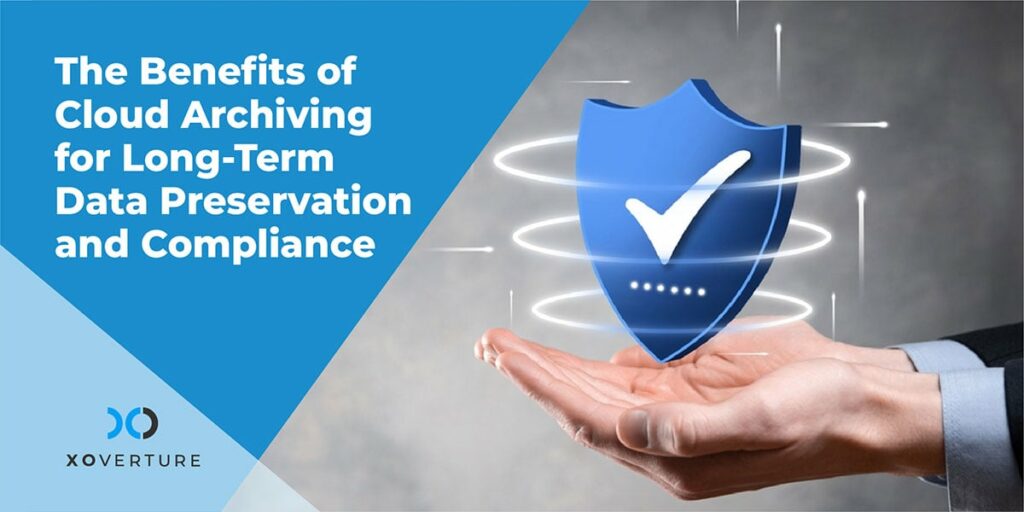You have several options when it comes to cloud deployment. While the concept of “the cloud” may appear daunting to some, it is not very different than regular computing. Physical servers, which form the backbone of computer networking, are still required for this type of computing.
The main difference is that the cloud moves the hardware’s processing power and storage capacities across the internet. This shift allows cloud providers to combine services from across the world to create a robust computing network that can be accessed from any location with an internet connection.
Deployment is an important aspect of cloud computing. Simply defined, this term refers to how a cloud platform is set up, who has access to it, who owns it, and where it is hosted. The public, private, hybrid, and community clouds are the four main forms of cloud deployment. In this article, we will discuss public cloud deployment and its benefits.
What Is A Public Cloud?
A public cloud is a third-party service that generates resources and infrastructure using cloud computing. Cloud storage, apps, and virtual machines are all housed in the cloud architecture. End-users can access the public cloud via the internet. Public cloud services are available for free or for a fee. Cloud services are frequently billed on a per-use basis.
A public cloud provides scalability, connectivity, and resource sharing to a company. Cloud providers help organizations save money by removing the need for equipment and labor. Costs can also be reduced by only paying for what you use.
Benefits Of Public Cloud
Following are the benefits of the public cloud:
Pay As You Use Model
There is no requirement for an IT employee to look after and maintain the system because it is provided by a third party. The provider is solely responsible for bandwidth, hardware, and application costs. As a result, the initial investment is nearly zero. Furthermore, public cloud services follow the pay-as-you-go approach, which means that payments are made monthly or annually depending on how the resources are used.
Scalable Cloud Deployment
Any organization can use public cloud services because they are scalable. Resources can almost extend and adapt in tandem with the expansion of a firm or project.
Secure
Your company’s operating system almost certainly incorporates a firewall. With the public cloud, this may be all that is expected of you in terms of cybersecurity. To protect your data, providers invest resources to cloud security services. This saves businesses money by avoiding the need to invest in IT equipment and personnel with the requisite knowledge to set up on-premise cybersecurity.
Maintenance-Free
This eliminates the need for IT personnel or pricey on-premise equipment for organizations. Infrastructure and resources, including security, are upgraded automatically. This ensures that the service is always current. With the assurance that their IT services are up to date, businesses may focus their efforts on more vital tasks. When upgrades are available, such as machine learning and AI automation, the provider adds them.
Agile Cloud
This also gives businesses a lot of flexibility. A public cloud allows businesses to evolve quickly. Technology, tools, and other processes may be modified and adapted fast to meet the demands of the organization. These adjustments will happen at the same time for companies with several locations. More productivity, better resource management, and speedier rollouts of new programs and projects will all benefit from increased agility.
No Long-Term Contracts Or Commitments Required
Pay-per-use options are available in public clouds, as previously mentioned. These are ideal for small and medium-sized businesses that are unsure of their storage or bandwidth requirements. It enables businesses to scale up their cloud storage capacity as their needs grow, making public cloud storage simple.
Up-To-Date Technology
It is your responsibility to manage your infrastructure when you operate your own hardware. It may be necessary to upgrade existing hardware to meet your needs or to replace non-functional technology. This can be costly and time-consuming to implement, depending on the unit. Public cloud providers, on the other hand, handle hardware upgrades for you. They improve their hardware on a regular basis to deliver the fastest and most dependable systems because they serve several users at once.
Offers Operational Efficiency
Public cloud services, in general, can run with significantly more IT operational efficiency than smaller, on-premises implementations due to the large economies of scale seen in cloud computing.
Here are three operational efficiencies enabled by the public cloud:
Dynamic Provisioning
To avoid potential unfulfilled demand, a focus on application availability might lead to overprovisioning of computing resources. Waste is reduced by better matching server capacity to actual demand.
Multi-Tenancy
Thousands of enterprises and millions of users share cloud infrastructure, and their different patterns may be balanced. Load diversification reduces overall volatility and improves load predictability.
Server Utilization
Higher equipment utilization rates imply that the same amount of work may be accomplished with fewer servers, resulting in lower electricity consumption per useful output. While servers with greater utilization rates use more electricity, the total performance advantages more than compensate for the per-unit cost. In comparison to standard enterprise installations, the equipment runs leaner, with a higher ratio of input energy going toward delivering usable output.
Finally
Thanks to the ease of use and practicality of public cloud computing, the global market has risen tremendously – from $6 billion in 2010 to $236 billion in 2020. Also, according to Gartner, public cloud sales will reach $354.6 billion by 2022.
Are you ready to leverage the power of public cloud deployment? XO’s public cloud experts will assist you in scaling up your infrastructure. Contact our expert team here.




